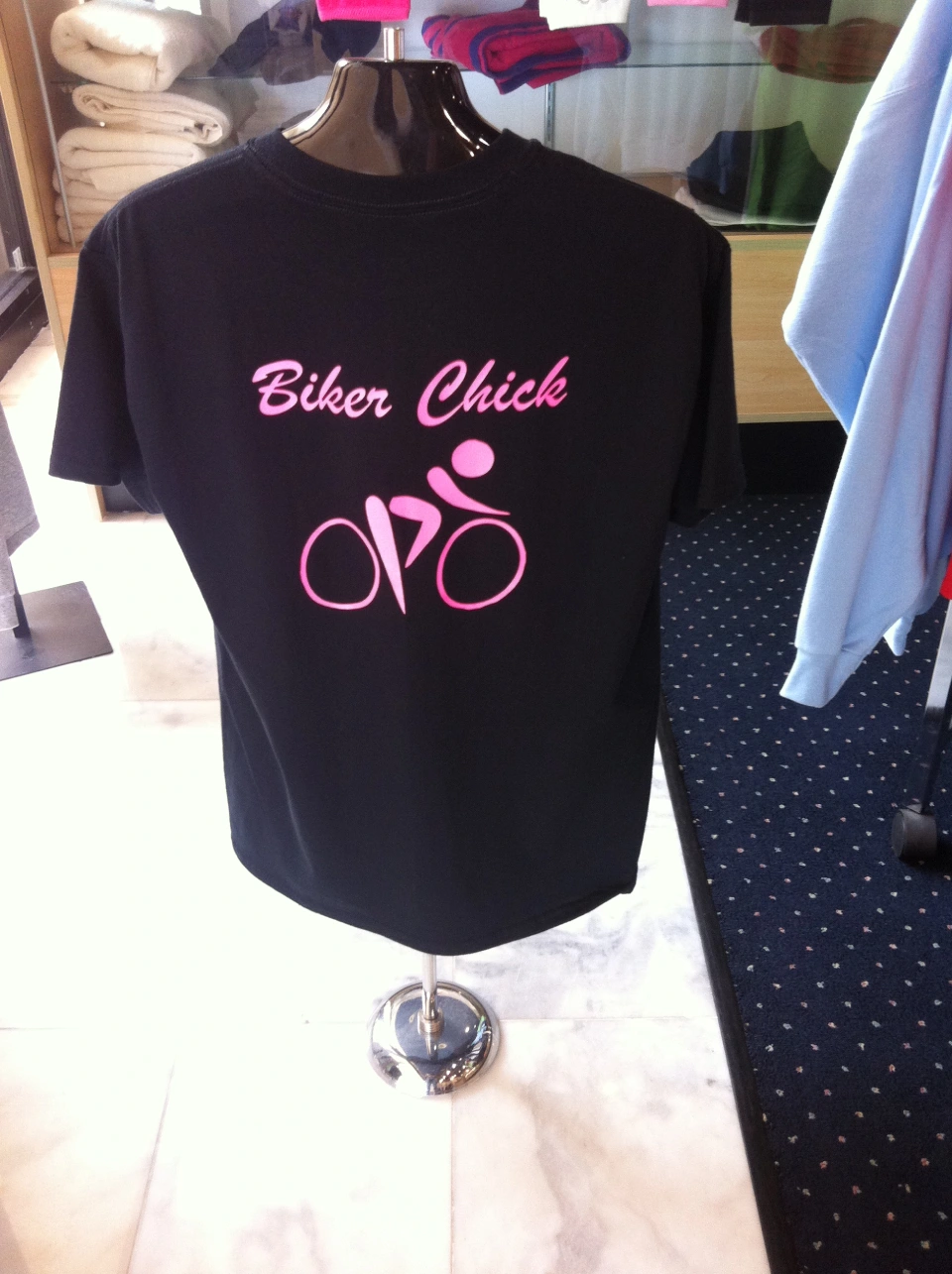The Art of Personalized Embroidery: Opening the Secrets to Creating Distinct and Unforgettable Layouts
Embroidery, a craft soaked in custom and creativity, holds within its complex stitches the power to change material into a canvas of distinct expression. The tricks to developing personalized needlework styles that mesmerize the eye and leave an enduring impact depend on a delicate equilibrium of technique, imagination, and attention to detail. As we look into the globe of custom needlework, we discover the nuanced interplay in between thread selection, sew intricacy, and design personalization that boosts a simple garment to a masterpiece. Join us on a journey via the art of custom-made needlework as we unravel the secrets behind crafting absolutely extraordinary and distinct productions.
Choosing the Right Needlework Threads
When choosing embroidery threads, what key aspects should you think about to make certain the best outcomes for your customized styles? The option of needlework string is essential in figuring out the last result of your stitched style.
Thicker strings can include measurement and texture to your style, while finer strings are excellent for intricate details and small text. Additionally, taking into consideration the color fastness and washability of the string is important to ensure that your customized designs keep their top quality and vibrancy over time.
Discovering Various Stitch Strategies
To delve right into the realm of 'Exploring Various Stitch Strategies', one should comprehend the ins and outs and nuances that each stitching method gives the art of needlework. Different stitch techniques not just add visual passion but also add to the overall appearance and dimension of the style. One prominent stitch technique is the satin stitch, which entails carefully packed parallel stitches to create a smooth and glossy surface area, perfect for filling in forms and developing vibrant details.
On the various other hand, the backstitch is a flexible method typically made use of for outlining and including fine details. It includes stitching in reverse to create a solid line of needlework. Furthermore, the French knot stitch includes a tactile aspect to styles, best for producing distinctive accents like flower centers or attractive touches.
Exploring different stitch techniques allows embroiderers to have fun with light, darkness, and deepness within their designs, boosting the aesthetic charm and creative high quality of their embroidery projects. By understanding numerous sewing approaches, one can unlock countless possibilities for producing one-of-a-kind and memorable customized embroidery items.
Incorporating Personalized Style Components
Having actually checked out the ins and outs of various stitch methods such as the satin stitch, backstitch, and French knot, the focus currently moves in the direction of incorporating customized design components in personalized embroidery tasks. Personalized layout components play a crucial duty in making needlework projects genuinely distinct and unforgettable.
Another way to incorporate tailored style aspects is by consisting of icons or themes that hold special significance to the her comment is here recipient or show their passions and character. Including a preferred flower, pet, or hobby-related icon can make the embroidery design extra purposeful and individualized. In addition, selecting colors that reverberate with the recipient or line up with the intended motif can additionally boost the personalization of the needlework task.
Mastering the Art of Shade Coordination

One trick facet of shade control is understanding color theory. This consists of recognizing exactly how various colors interact with each other, the feelings they convey, and just how they can be incorporated to develop visually appealing designs. By using shade concept principles, embroiderers can develop unified color palettes that boost the overall appearance of the style.
Additionally, taking note of contrast is crucial in shade coordination. Making use of contrasting shades can help particular aspects of the style pop, boost legibility, and create an aesthetically vibrant needlework item. By grasping the art of shade coordination, embroiderers can raise their designs and produce remarkable pieces that resonate with customers and visitors alike.
Enhancing Texture With Advanced Needlework Stitches

French knots, for example, are excellent for adding little, elevated dots to your my blog design, imitating the look of grains or producing a distinctive surface area. Bullion Check Out Your URL knots, on the various other hand, can be utilized to produce twisted, ropelike aspects that add a lavish feeling to the embroidery. Seed stitching involves little, scattered stitches that can fill out areas with a multicolor structure, while turkey work produces cosy, dimensional accents similar to pet hair or foliage. Experimenting with these innovative needlework stitches allows you to press the limits of conventional needlework and develop genuinely special and visually appealing appearances in your styles.
Verdict
To conclude, the art of custom-made embroidery entails a combination of picking the appropriate threads, checking out numerous stitch methods, incorporating customized style components, grasping color control, and enhancing appearance with sophisticated stitches. By understanding and implementing these vital aspects, embroiderers can create unique and unforgettable styles that display their creative thinking and skill. Embroidery lovers can unlock the keys to creating gorgeous and bespoke pieces that attract attention and leave a long-term impact.